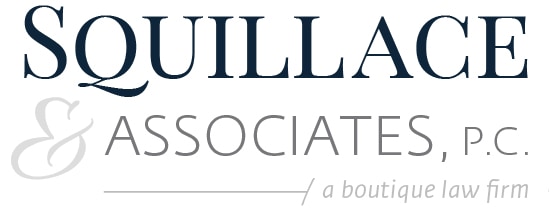One planning method that can be used to help with estate planning and keep that property in the family is a Qualified Personal Residence Trust (QPRT) – affectionately known as a “Q-Pert.” A QPRT can be used on a house with any value, including family vacation cottages and primary residences. There are tremendous benefits to using a QPRT and almost no disadvantages. But as usual, certain rules must be followed.
A QPRT is a trust that holds a personal residence for a term of years, allowing you to give away your residence at a discounted value and “freeze” its value for federal estate tax purposes – all while continuing to live in it. Residences that can be considered for QPRT treatment include homes, farms, yachts, vacation homes, family retreats, mountain cabins, mobile homes and almost anything else that can truly be considered a personal residence.
For example, Jack and Susan live on their boat in Florida during the winter months. Not such a big deal. Lots of people go to Florida in the winter and many people have boats that they live on. Jack and Susan’s boat, however, is a little different. It’s a 152-foot 5 stateroom yacht worth $11,000,000! By using a QPRT, they were able to transfer the yacht to a trust for their children for a value of only $1,800,000.
Obviously, most of our vacation homes are not worth millions of dollars, but the same principles will apply.
For gift tax purposes, (the tax that you pay when transferring property to your children while you are alive), the transfer into trust will be treated as a gift to the children. But the value of the gift is often heavily discounted, thereby saving significant taxes.
If you haven’t previously used your lifetime federal gift tax exemption amount ($5,430,000 in 2015), gift tax due (if any) may be offset by the exemption. Of course, if the residence is appreciating quickly, the potential savings can be even greater in a shorter period of time.
If you live to the end of the QPRT, the residence, including all post-gift appreciation, passes to your heirs free of any additional taxes. If you die before the end of the period, the value of the residence, as of the date of death, will still be includible in your estate for federal estate tax purposes. The result in that case is the same as if you had never created the QPRT. (This is one of the few “free do-over” rules in estate planning).
If you are still living at the end of the term, you will have accomplished the goals of this planning strategy. Your children in our example (or trusts for their benefit), will be the owners of the house. Though they are the owners, you do not have to move out.
To assure that you have a place to live, the terms of the QPRT can permit you to enter into a lease or rental agreement of the house with the remainder beneficiaries when the trust ends. The terms of the lease must be at fair market value. Structured properly, each rent payment will effectively transfer additional funds to your beneficiaries, free of gift or estate tax consequences.
The QPRT can also be written so that after the initial term of the trust your husband or wife can be permitted to occupy the residence rent free for his or her life.
A QPRT may allow for the sale of the residence during its term. In addition, the trustee of the QPRT may hold the sales proceeds as long as the proceeds are held in a separate account. However, the residence may not be sold to you, your spouse, or any entity controlled by you or your spouse.
You pay for all repairs to the house, utilities, lawn care and other basic maintenance, homeowner’s insurance premiums, and real estate taxes, just as you do now.
If your primary residence is the property of a QPRT, then you will qualify for the $250,000 ($500,000 for married couples) capital gain exclusion if you decide to sell the house.
Each person can set up two QPRTs: one for the primary residence and one for a vacation home or condominium. A married couple can use QPRTs on up to three homes.
This is an easy idea for wealth transfer with almost no negative side.
